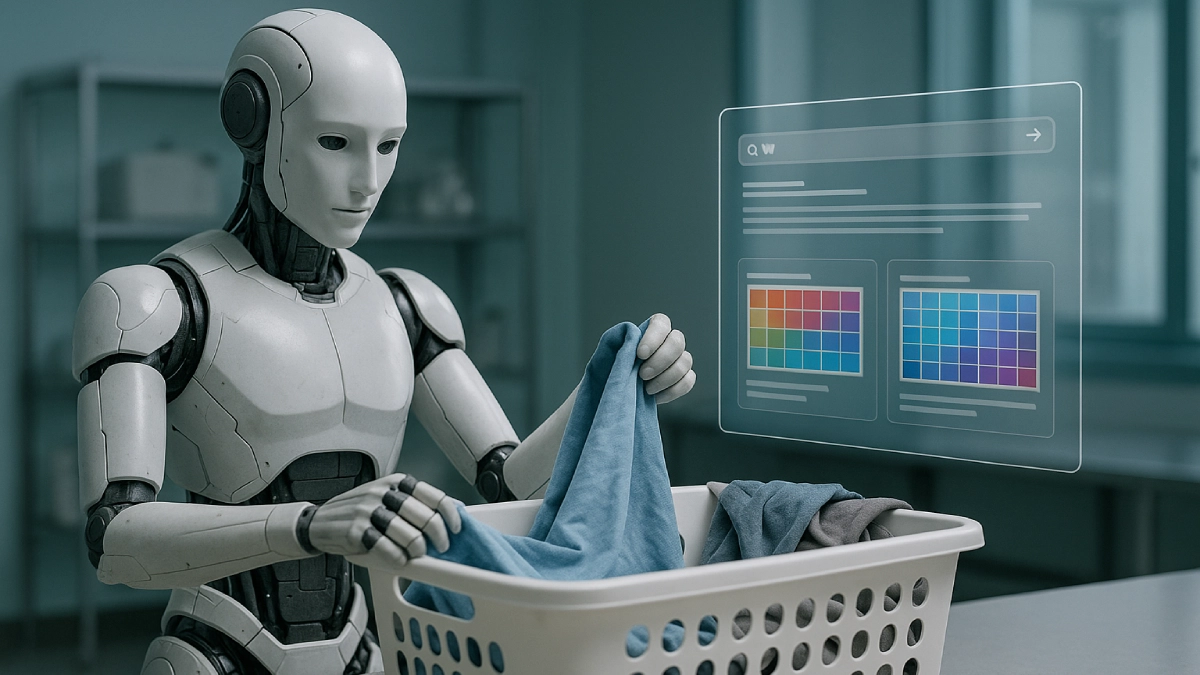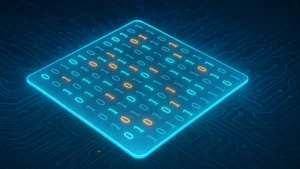In a move that could reshape robotics, Google DeepMind has introduced new AI models that let robots plan their actions in advance and even search the web for information. The launch, part of the Gemini Robotics 1.5 system, aims to make robots more adaptable and less reliant on rigid programming (The Verge).
From Obedience to Reasoning
Traditional robots were like calculators: precise, but limited to pre-written instructions. Google’s new approach makes robots more like assistants — able to pause, research, and then act.
- The planning model reasons through tasks, consulting external tools such as Google Search.
- The execution model then carries out the physical steps — perception, motion, and interaction.
This means a robot could, for instance, look up local recycling rules before sorting waste, instead of relying only on pre-programmed data (Decrypt).
What They Can Do Today
Early demos show robots:
- Packing a suitcase with weather-based clothing choices
- Sorting laundry by fabric type or color
- Classifying recyclables according to regional rules
- Transferring skills across different robot shapes and types (Financial Times)
These examples highlight a system that doesn’t just “do” — it decides with context.
Why It Matters
Robots that can query the internet gain adaptability in real-world situations. According to early reports, these models can generalize across robot platforms, reducing the need for retraining with every hardware change (WebProNews).
The shift could also help reduce energy-hungry server reliance, since much of the reasoning happens locally on the robot.
The Challenges Ahead
- Cost: Running large AI models on physical robots is expensive.
- Speed: Planning and web lookups still take longer than direct commands.
- Safety: Mistakes in planning could have serious real-world consequences.
- Scalability: Mass adoption across industries will require years of refinement (LiveMint).
Looking Forward
Picture a warehouse robot that updates its sorting rules by checking a supplier’s latest guidelines online, or a household robot that prepares dinner after looking up a recipe tailored to available ingredients. These aren’t distant dreams — they are early signs of how robots may soon learn new skills directly from the web instead of waiting for engineers to code them in.
Frequently Asked Questions (FAQs)
Q1: Do these robots actually “think”?
Not in a human sense. They use planning models plus web access to simulate reasoning.
Q2: Can they work without internet?
Yes, but with reduced ability. They can still execute tasks but lose the benefit of live search.
Q3: When could this reach consumers?
Experts suggest industrial uses may appear within 5–10 years, while home applications could take longer.
Conclusion
Google’s unveiling of robots that can think ahead and search online is a milestone. By bridging planning, execution, and web knowledge, machines are moving beyond obedience into a new era of intelligent autonomy.
Key Takeaway: These robots don’t just act — they reason, research, and then act, pointing toward a future where machines learn and adapt in real time.
Last Updated on October 18, 2025 by Lucy




